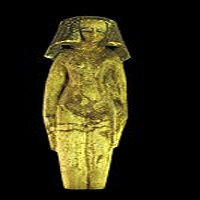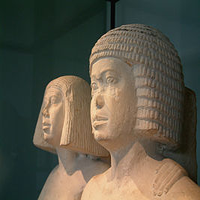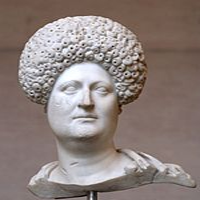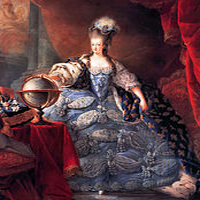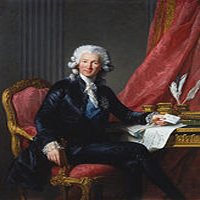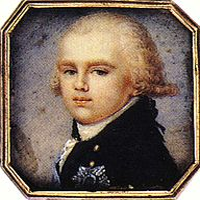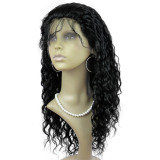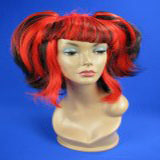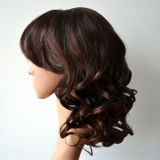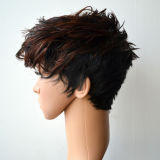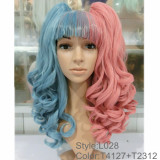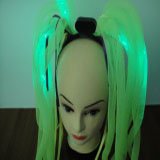A wig is a head of hair made from horsehair, human hair, wool, feathers, yak hair, buffalo hair, or synthetic materials which is worn on the head for fashion or various other aesthetic and stylistic reasons, including cultural and religious observance. The word wig is short for periwig and first appeared in the English language around 1675.
Some people wear wigs to disguise the fact that they are bald; a wig may be used as a less intrusive and less expensive alternative to therapies for restoring hair. Wigs may also be used as a cosmetic accessory, sometimes in the context of religious practice of cutting or shaving one's natural hair. Actors often wear costume wigs in order to portray characters.
The History of Wig
Ancient use
The ancient Egyptians wore wigs to shield their shaved, hairless heads from the sun. They also wore the wigs on top of their hair using beeswax and resin to keep the wigs in place. Other ancient cultures, including the Assyrians,Phoenicians, Greeks and Romans, also used wigs as an everyday fashion. Wigs are principally a Western form of dress—in the Far East they have rarely been used except in the traditional theatre of China and Japan. Some East Asian entertainers (Japanese Geisha, Korean Kisaeng) wore wigs (Katsura and gache respectively) as part of their traditional costumes.
| | | |
| Ushabti of a Concubine; along with the naked body, jewelry underlying the breasts and shaved pubis with visible vulva, the heavy wig give the erotic connotation to the statuette. Painted wood, Middle kingdom. | Egyptian couple wearing formal wigs of the 4th of 5th dynasties. | Bust of a Roman woman wearing a "diadem" wig, circa 80 CE. |
16th and 17th centuries
After the fall of the Roman Empire, the use of wigs fell into abeyance in the West for a thousand years until they were revived in the 16th century as a means of compensating for hair loss or improving one's personal appearance. They also served a practical purpose: the unhygienic conditions of the time meant that hair attracted head lice, a problem that could be much reduced if natural hair were shaved and replaced with a more easily de-loused artificial hairpiece.Fur hoods were also used in a similar preventative fashion. 【more】
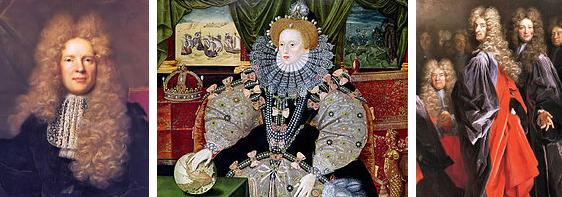
18th century
Five Orders of Periwigs, 1761In the 18th century, men's wigs were powdered in order to give them their distinctive white or off-white color. Contrary to popular belief, women in the 18th century did not wear wigs, but wore a coiffure supplemented by artificial hair or hair from other sources. Women mainly powdered their hair grey, or blue-ish grey, and from the 1770s onwards never bright white like men. 【more】
| | | |
| Marie Antoinette wearing the distinctive pouf style coiffure: her own natural hair is extended on the top with an artificial hairpiece. | Charles-Alexandre de Calonne by Élisabeth-Louise Vigée-Le Brun (1784), London, Royal Collection. The Vicomte de Calonne is shown wearing a powdered wig; the powder that has fallen from the wig is visible on his shoulders. | Grand Duke Constantine Pavlovich of Russia as a boy (c. 1795). The latest-born notable person to be portrayed wearing a powdered wig tied in a queue. |
19th and 20th centuries
The wearing of wigs as a symbol of social status was largely abandoned in the newly created United States and France by the start of the 19th century. In the United States, only the first five Presidents, from George Washington to James Monroe, wore powdered wigs according to the old-fashioned style of the 18th century. 【more】
Types of human hair wigs
There are two basic kinds of human hair wigs: lace wigs and non-lace wigs (skintop or mono-filament.) Lace wigs are made partially (lace front) or entirely (full lace) of various forms of lace. Regular human hair wigs are similar to synthetic wigs in their design.
Hair type is the distinguishing factor in human hair wigs. Four main types of hair are used in manufacturing human hair wigs: Chinese or "Malaysian", Indian, Indonesian or "Brazilian", and Caucasian or "European". The majority of human hair wigs are made of Chinese or Indian hair, while European hair is considered the most expensive and rare, as most donors are from Russia or Northern Europe, where there is a smaller portion of hair donors to the market.
let's see some fashion wigs:
Click here to see more information about Wig Tips: View More
Written by Dora Men

